TV can be your family's best friend for years to come. Before spending thousands of hours watching it, we recommend that you read our advice from a specialist. They won't answer all your questions or point to the “perfect TV,” but I hope they'll help you a little with your choice..
Manufacturers use additional features, sound technologies, and loud picture quality claims to make you pay more. Below, in order of importance, we will tell you which characteristics are really worth looking at, and which are just marketing gimmicks.
Screen size
One of the main factors when choosing a TV will be its diagonal in inches (the distance from one corner to the opposite). They come in several types: from 32 inches to 40/42, 46, 55, 56, 75, and sometimes even more..
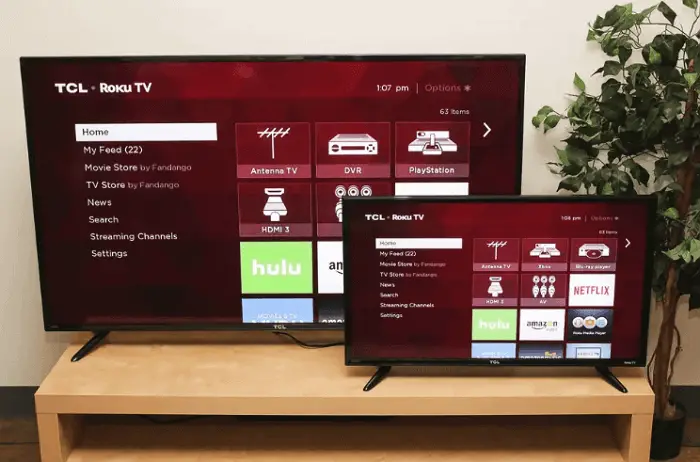
But size isn't everything. Sometimes a 55-inch TV costs more than a 65-inch TV. Perhaps the first option has a better image panel. Most often they use an LCD (liquid crystal panel) with LED backlight. This affects picture quality: better LED bulbs that are close together and have more precise lighting control can gently illuminate the screen for a superior picture. You pay more for a smaller diagonal, but you get a richer picture.
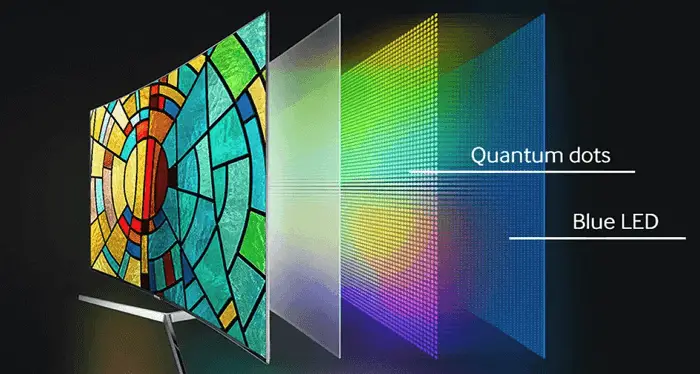
The brands use different names for their LED designs: Samsung's flagship devices use OLED mechanisms, and Vizio calls their first P-series line "Quantum", although the technologies of both are very similar..
Rarer and more expensive TVs use OLED screens with OLED. This technology, which you may have encountered with smartphones, includes a color-changing RGB cell and backlighting for each pixel. As a result, when a pixel displays black, the LED turns off completely, creating an almost perfect contrasting black effect. OLED technology usually has brighter and more saturated colors.
4K resolution
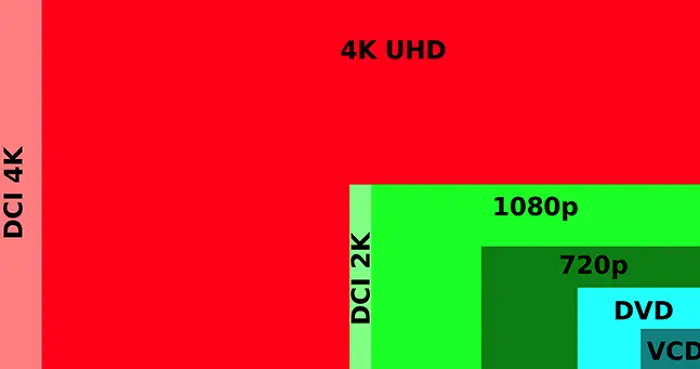
In 2019, most TVs are 4K. It is high definition technology, as if 1080p were zoomed in 4 times. The previous standard for high-fidelity images had a total resolution of 3840 by 2160 pixels.
While 4K content isn't very common, that's changing thanks to the Xbox One X and PlayStation 4 Pro game consoles. At the moment, if you are considering a new TV, it is almost certainly 4K if its diagonal is at least 40 inches or so. You won't save money hunting for a cheaper, low-res panel, so you can safely buy an updated model even if you don't already have movies and games working with it.
The next step is 8K, the resolution is 8 times higher than 1080p. Such devices will not go on sale until the end of 2019. It will take even longer to select supported movies, TV shows or games. Don't wait for this new product if you plan to purchase a TV soon.
Contrast Ratio
The contrast ratio is the difference between the lightest and darkest areas. Typically, it is expressed in a ratio of 1: 1000 or higher. A higher ratio means a brighter and more saturated image, especially in dark scenes.

Unfortunately, contrast ratios are difficult to determine and they are not standardized, so the TV specs are pretty useless for comparison. "Dynamic" contrast adjusts the backlight in different areas of the screen. The Dynamic Contrast Ratio has a 100,000: 1 ratio and is difficult to detect with the eyes as different parts of the highlight will be illuminated at a different rate every second.
Never mind the contrast characteristics: manufacturers are making up numbers. Trust your eyes. If possible, ask the seller to show the same video clip on TVs to evaluate which ones have the deepest blacks, whites and other colors. Show pieces are perfect for this. A trip to an electronics store will be helpful even if you plan to purchase later from an online store.
High dynamic range (HDR)

High dynamic range first appeared in cameras. It is a technology that uses multiple images of the same subject, taken at different exposures. This is done to combine the brightest colors into one picture. HDR is still used in photography, for example, in new smartphones it is already a built-in technology.
HDR TVs work with videos that are built to support HDR hardware. Then you will really see the benefits. Typically, these points are indicated on the media: Blu-ray movies with HDR support will be marked with a special mark, and all the latest game consoles (Xbox One X and S, PlayStation 4 and 4 Pro) support it. HDR is another feature found on almost all new TVs. A model with this feature will not cost more than a large or medium panel.
Update frequency

The refresh rate is the number of frames that are displayed per second. Displaying at least 60Hz is considered the current standard, with more expensive models offering 120Hz or 240Hz. In most cases, this does not matter: TV and film content is almost always displayed at 24 or 30 Hz. Scaling up to 60 Hz does not make a big difference. But if you are viewing content at 120Hz or higher, then the motion may look too blurry.
Not all viewers like it. Often these people refer to it as the “soap opera effect,” which is too different from the usual image. To learn more about this feature and how to turn it on or off, see the user guide.
Gamers may be particularly interested in refresh rates. Most console games are rated at 60 frames per second, but modern consoles and powerful gaming PCs can output games at 120 frames per second or higher. Go for a higher refresh rate and more frames per second for silky smooth game animations.
If you only watch TV programs and movies, there is no particular need for 120Hz. If in doubt, ask the store clerk to demonstrate 60Hz and 120Hz TVs for comparison.
Input connectors
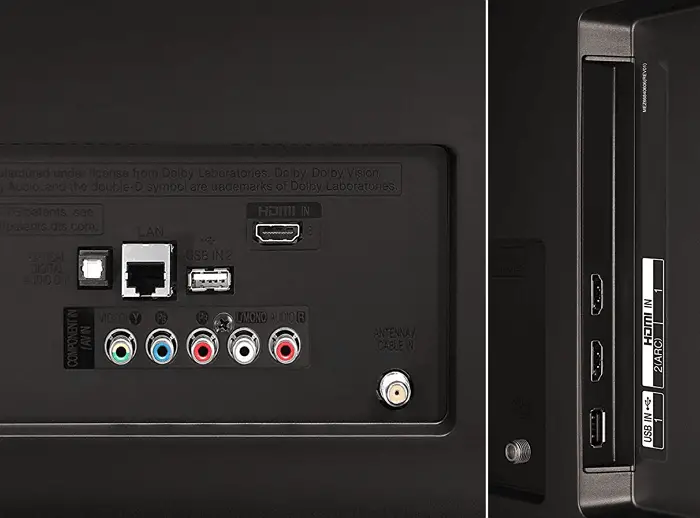
Inputs are anything that connects to your TV except the power cord. HDMI is a standard cable type for HDTV content. Most modern TVs have two or three HDMI inputs. The more expensive ones will have four or more.
Please note that not all HDMI ports are created equal. On some 4K TVs, only one HDMI port can accept this resolution, so you need to look for a model with multiple 4K HDMI ports if you plan to use more than one source at the same time.
HDMI-ARC is for Audio Return Channel, a more advanced option required by some soundbars and audio receivers. Most mid-range and high-end TVs also have an optical cable connector for audio playback.
Other input options include composites (red-white-yellow, often referred to as "RCA") a component for older devices, and a headphone jack to reproduce standard stereo sound. Most of the new smart panels have an Internet cable connector (in addition to the built-in Wi-Fi module), and some even have more exotic ports - USB or DisplayPorts for PCs.
Make a list of everything you want to connect to your TV. If you only want to hook up a mid-range console and possibly a Blu-ray player, you have nothing to worry about. If you have three consoles, a surround receiver, a 4K Blu-ray player, and you want all of them to have internet access, then you'll have to look for a device that can handle the whole set.
However, if you are choosing between two TVs and sacrificing a feature in order to have more HDMI ports, consider how you will use them. If you're not going to connect to them often, it's best to get the TV you really need and buy an inexpensive HDMI switcher so that rarely used devices can use a single port.
Input lag
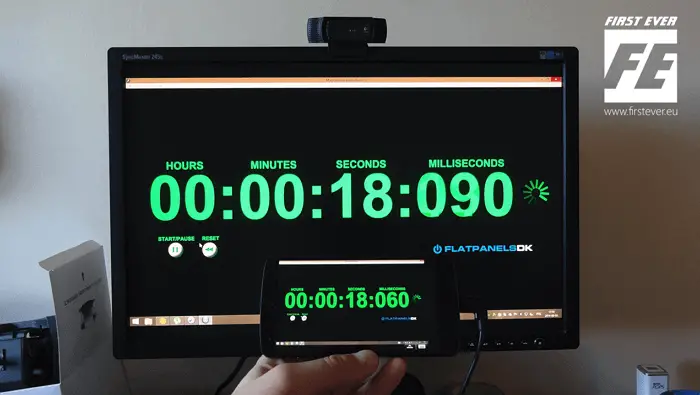
Input Lag is the time it takes to transfer an image from the processor to the screen, usually about one hundredth of a second (10 milliseconds). In the photo above, you can clearly see the delay.
Speaking of gamers, output lag or display lag will only be important characteristics for them. If you plan on playing shooters or online games, devices with low latency, 5ms or lower, are worth looking into.
Some TVs have a "game mode" that can be enhanced by turning off some of the picture-enhancing features. It will look a little lackluster in this mode, but it might be worth it, especially if you can customize it to work just for the game console.
Software

Most new TVs are smart. This means they come with the software installed and can download video streaming apps from services like Youtube and Netflix.
However, not all Smart TV systems are created equal. We're partial to the simplicity and wide selection of Roku that's pre-loaded on TVs from Sharp, Philips, Sanyo, RCA and a few other companies.
In second place is Android TV , which is the default interface for Sony TVs and is also available on select Hisense, Sharp and Philips devices. LG, Samsung and Vizio all use their own proprietary systems.
Some new models will also accept commands from smart home systems like Google Assistant or Amazon Alexa. With the exception of Apple TV, most Smart TV systems have apps for all major video services. If you don't like the Smart TV system built into your new TV, you can always plug a standalone Roku, Chromecast, Apple TV, or Fire TV device into one of the HDMI ports and use it that way.
Built-in speaker
Televisions are getting thinner, and hence the space for good built-in speakers is getting smaller and smaller. LCD and OLED TVs are generally not loud enough to fill a large living room, even on the largest and most expensive models.
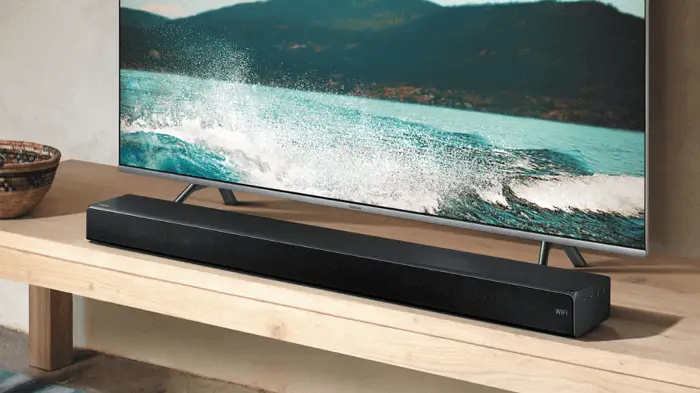
If you do not expect to spend a lot of money or you need a TV for a small room, then the built-in speakers will be enough. Check them out in the store or read the audio quality reviews if possible. Otherwise, you'll want to complement your TV with a good soundbar, which are pretty cheap right now.